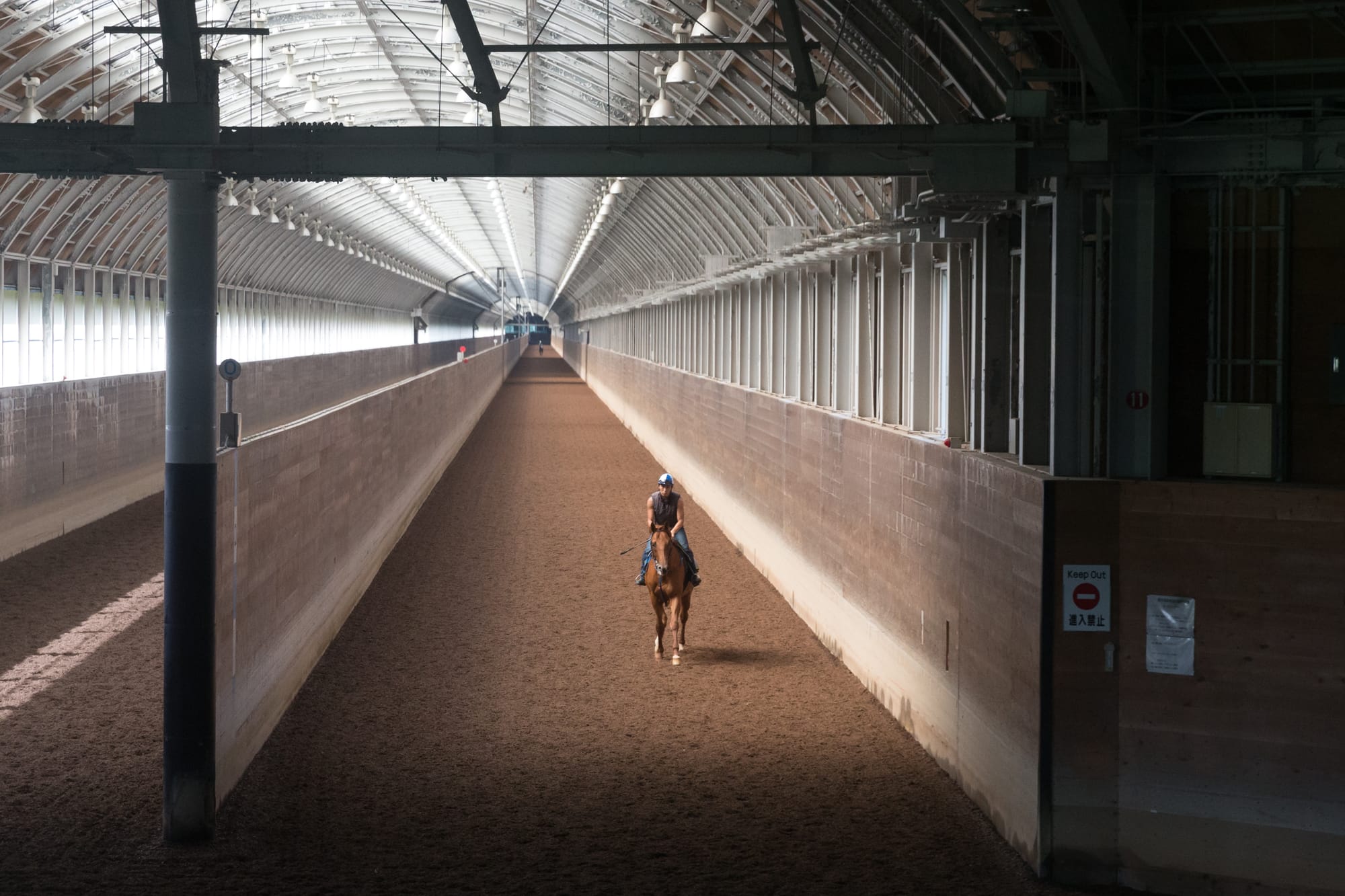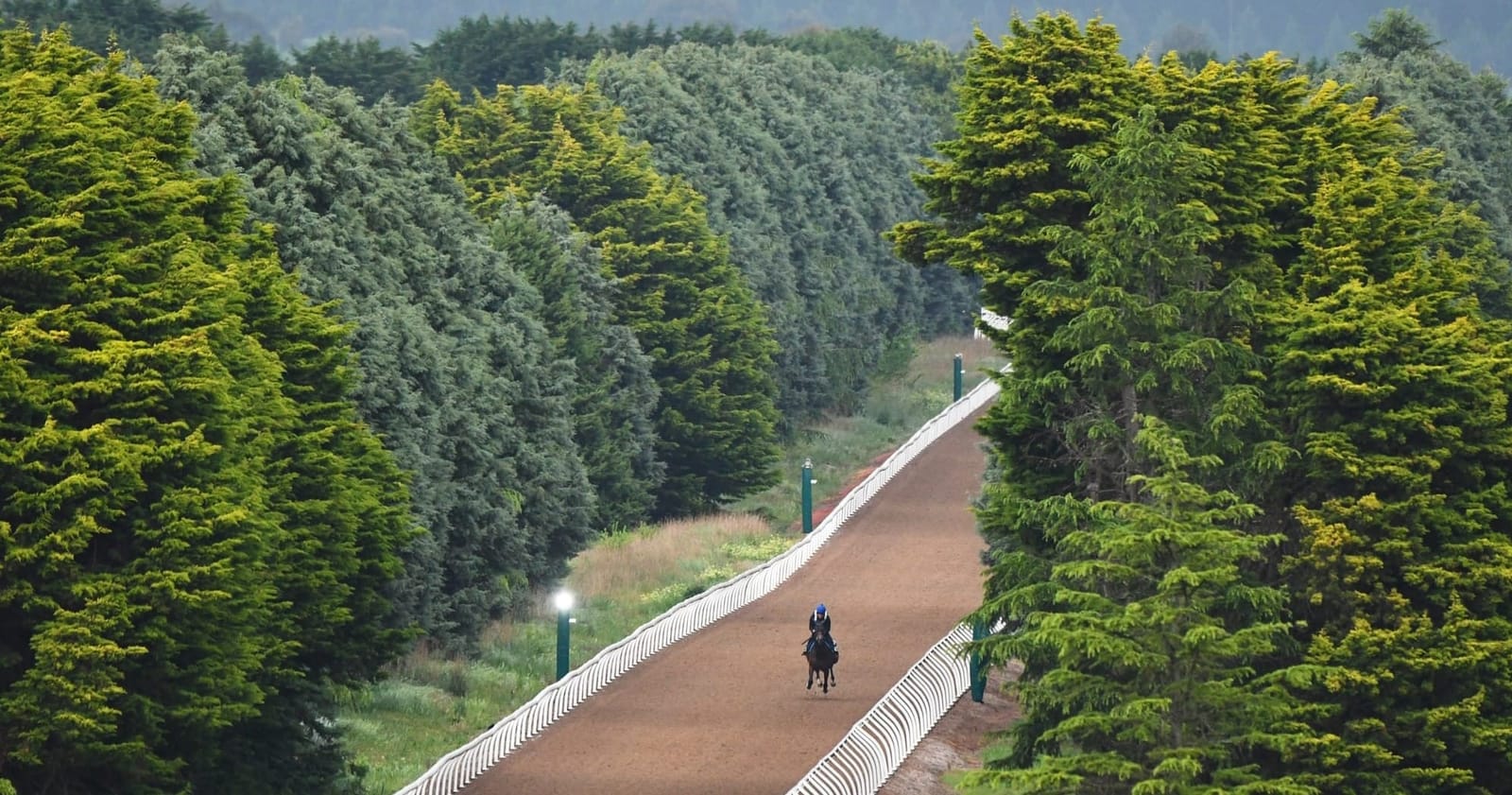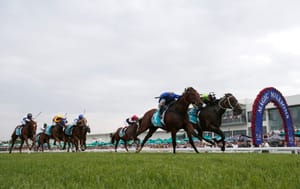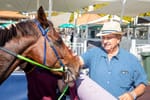Ballarat-based trainers are still awaiting the completion of a new undercover woodchip training track nearly five years after it was announced, as consultation with a local First Nations group drags on.
The final 400 metres of the uphill facility, which has a slated total cost of $4.1 million, is still awaiting completion while Racing Victoria and the Ballarat Turf Club negotiate with the Wadawurrung Traditional Owners Aboriginal Corporation (WTOAC).
In what has been described as a “complex investigation”, those discussions are expected to ramp up after a long period of inaction in progress on the track, which was first announced in 2019.
The matter was raised at an estimates committee in June by Danny O’Brien, a Nationals State MP in Victoria with Victorian racing minister Anthony Carbines, who was hopeful the issue would be resolved quickly.
Minister Carbines outlined the cost of the project had been $4.3 million, with $3.8 million put in by Racing Victoria and around $520,000 by the government through the Victorian Racing Industry Fund.
Despite the much-publicised exit of the disqualified Darren Weir from the training ranks, Ballarat has accommodated significant growth in the past five years with the number of trainers based at the track increasing from 45 to 72 and the number of horses trained up from 500 to 800.
The undercover uphill woodchip track, modelled on those in Europe and Japan, was believed to be a key selling point for Ciaron Maher Racing setting up a base in Ballarat in 2019.
It has been built parallel to the synthetic uphill track which was opened at Ballarat in 2011 and which has proven a tremendous success.
The timeline of the construction of the new uphill track has been delayed through the main part of COVID-19 and because of worker and supply chain issues as the pandemic eased.
However, despite this extended construction timeline, the Ballarat Turf Club and Racing Victoria are yet to resolve the impasse with the WTOAC.
It is believed that the impasse was set to stretch until November 2024 before a recent breakthrough between the parties pushed the next round of consultation forward.
Cultural heritage advisors are on the site over the next week to conduct their complex investigations.
The lengthy consultation with the local First Nations group is not the only issue facing the training track, with concerns raised about the size and consistency of the woodchip surface which is already being laid.

The Straight has seen photos of pieces of wood measuring about a metre long and the club and Racing Victoria have indicated they will continue to monitor the surface before any horses are allowed onto it.
Leading trainer Tony McEvoy said the woodchip training facility would be a great asset for the trainers when they could access it.
“It’s moving along, but it’s moving slowly,” he said. “We will use it when it’s ready. I think it will be a lovely track, but we just have to make sure it’s right before we put our horses on it, to protect the horses.”
“I’ve ridden on a lot of woodchip tracks in time back in my day and they are a magnificent track when they are right.”
Ballarat-based pair Henry Dwyer and Nigel Blackiston also told The Straight that they were anticipating making considerable use of the facility when it is eventually opened.
“I was a big fan of the woodchip we used to have 30-odd years ago at Flemington.” Blackiston said. “The one at Morphettville was very good as well.”
Dwyer said: “The concept is sound. The hill is good for horses, you can go slower and get the same work benefit out of it, going slower and putting less stress on your horses’ front ends.
“I really like using the existing hill track, Surface-wise, we don’t really know, it’s a bit of a suck-it-and-see job, but it’s a good project.”





